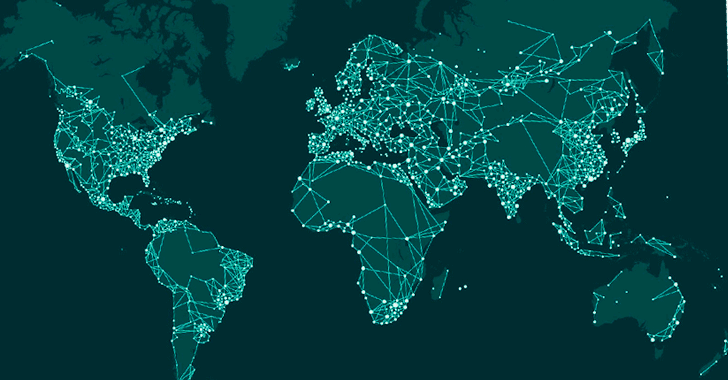https://www.darkreading.com/attacks...-ip-cameras-at-risk-of-attack/d/d-id/1328839?
New IoT Botnet Discovered, 120K IP Cameras At Risk of Attack
The Persirai IoT botnet, which targets IP cameras, arrives hot on the heels of Mirai and highlights the growing threat of IoT botnets.
Researchers at Trend Micro have discovered a new Internet of Things (IoT) botnet that leaves than 120,000 Internet Protocol (IP) cameras vulnerable to attack.
The botnet, dubbed Persirai, was discovered targeting more than 1,000 different models of IP cameras. Persirai hits IoT devices a few months after the
Mirai botnet, which wreaked havoc by compromising DVRs and CCTV cameras to fuel a massive DDoS attack in October 2016.
The researchers uncovered Persirai when they found four command and control (C&C) servers and explored the vulnerabilities associated with them, explains Jon Clay, global director of threat communications at Trend Micro.
In analyzing the malware, they found it was targeting IP cameras. Using the Shodan tool, they spotted more than 120,000 devices exposed on the public Internet. IP cameras are visible targets for IoT malware because they usually use the Universal Plug and Play (UPnP) open network protocols that let devices open a port on the router and act as a server.
The most notable difference between Mirai and Persirai is that Mirai used brute-force login attempts to steal credentials, and Persirai uses a zero-day vulnerability made public months ago. Attackers exploiting this vulnerability can get the password file from the user, which gives them access to the device.
After they get into the victim camera, the attacker can use it to perform a DDoS attack on other computers with User Datagram Protocol (UDP) floods, as described on the Trend Micro
blog. The threat actor can provide an IP address in the port where they want to launch the DDoS attempt, and target any IP in the world.
The compromised camera can be used to discover other victims, which can be infected using the same zero-day vulnerability. From there, they can continue stealing password files and securing the ability to perform command injections and continue the spread of malicious code.
Researchers found affected IP cameras report to C&C servers using the .IR country code, which is managed by an Iranian research institute. They also discovered special Persian characters used by the malware author. However, this does not indicate the attacker is Iranian.
Clay says the use of this zero-day vulnerability indicates Persirai will continue to be a threat. Interestingly, the malware erases itself once the target machine has been infected, and will only run in memory. This makes it tougher to detect code once it's gone.
"Attackers behind this are likely to continue and pursue other vulnerabilities, and look for other IoT devices that have similar vulnerabilities associated with them," he explains. The attacker can build a bigger, or separate, botnet focused on those devices.
Mirai taught us that it doesn't take a lot of devices to cause a massive DDoS attack, Clay continues. With more than 100,000 IP cameras left vulnerable, there is a high risk.
"Their devices are going to be used to potentially perform DDoS attacks against other organizations or other people," he says of potential victims. "You're unwittingly being used as a pawn in a criminal's efforts."
IP camera users are advised to stay updated on the latest security patches and strengthen passwords so they are tougher to brute-force attack. Most users don't know their IP cameras are exposed online and don't change the default password, researchers explain. Many won't even know if their IP camera is conducting a DDoS attack.
Manufacturers need to work on improving the login process by looking beyond passwords and using biometrics or two-factor authentication to strengthen device security, says Clay.
Related Content



